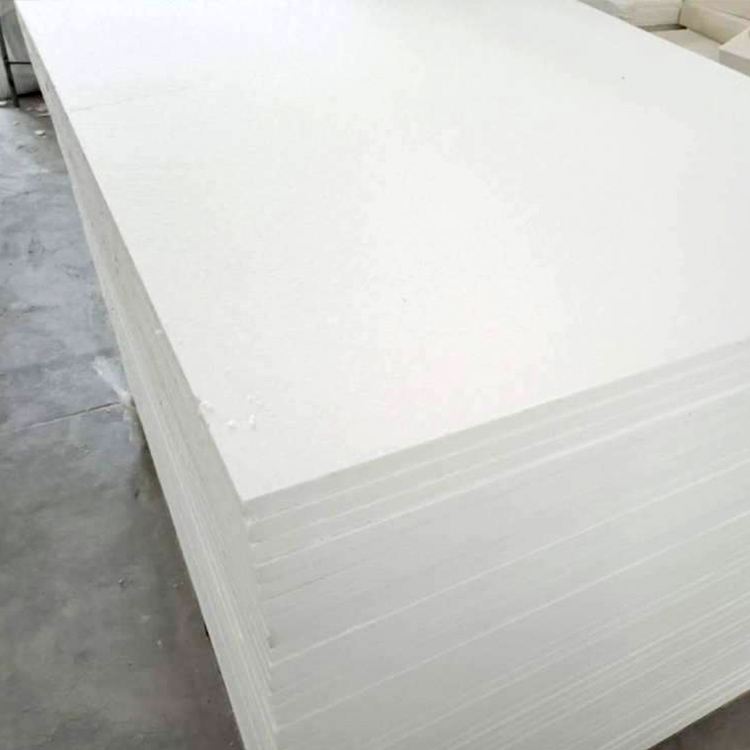Uneven heat distribution during ceramic firing frequently causes deformation and cracking of ceramic products, directly impacting yield rates and production efficiency. Addressing this challenge necessitates a strategic design optimization of the carrier plates that hold ceramics inside the kiln. This article dives deeply into structural innovations of composite corundum-mullite carrier plates, exploring how geometric adjustments and installation methods can significantly improve thermal conductivity uniformity and mitigate warpage risks.
Ceramic distortion often originates from temperature gradients within the kiln, where uneven heat distribution leads to differential expansion. Traditional carrier plates with inadequate thermal management exacerbate this issue by acting as hot or cold spots. The choice of carrier plate material fundamentally influences heat transfer efficiency: materials with low thermal conductivity or inconsistent heat capacity promote localized overheating or underheating.
Composite corundum-mullite plates leverage the superior thermal stability of corundum and the excellent thermal shock resistance of mullite, combining to deliver highly uniform heat distribution. Corundum (Al₂O₃) ensures high heat resistance up to 1800°C with minimal expansion, while mullite (3Al₂O₃·2SiO₂) diminishes crack propagation under rapid thermal cycling.
Compared to conventional single-material plates, these composites demonstrate up to 25% higher thermal conductivity and reduce thermal stress by approximately 30%, effectively lowering deformation risk during firing cycles.
Optimizing plate geometry is critical to achieving uniform thermal profiles. Strategic groove distribution serves multiple functions: facilitating gas flow, reducing mass for faster temperature equilibration, and controlling conduction paths.
Thickness gradients—wherein plate thickness smoothly transitions from thicker centers to thinner edges—promote balanced heat absorption and dissipation. This gradient minimizes localized overheating, reducing warp incidents by an average of 18%, based on controlled production data.
Equally vital is the installation configuration—specifically, stacking spacing and positioning hole design—that interfaces directly with kiln car heat fields. Adequate spacing ensures optimal airflow and prevents heat stagnation pockets, while precision positioning holes maintain plate alignment, avoiding uneven pressure-induced distortion.
Case studies reveal that optimizing stacking intervals by 15-20% and refining hole placements achieve a consistent temperature variance reduction within ±5°C across stacked plates.

Applying these design principles in an industrial ceramic manufacturer’s production line resulted in substantial improvements:
| Metric | Pre-Optimization (%) | Post-Optimization (%) | Improvement |
|---|---|---|---|
| Warping-related Defects | 12.0 | 4.2 | -7.8 (65% reduction) |
| Cycle Time (minutes) | 120 | 110 | -10 (8.3% faster) |
| Energy Consumption (kWh) | 1500 | 1425 | -75 (5% reduction) |
On-site verification with infrared thermography and precise deformation measurement tools has become standard to refine these optimizations. Thermal imaging identifies hotspots with ±2°C resolution, while laser scanners map plate deformation under kiln conditions. Combined, these diagnostics guide iterative adjustments in groove layouts and stacking parameters to achieve superior thermal uniformity.

The adoption of composite corundum-mullite carrier plates equipped with optimized structural features offers ceramic manufacturers a robust solution to fire high-quality products consistently. These plates' superior heat stability and resistance to warping ensure that thermal gradients are minimized—directly improving yield rates and reducing downtime.

